Home>Interior Design>Decluttering Mistakes: 10 Howlers Organizers Urge Us To Avoid
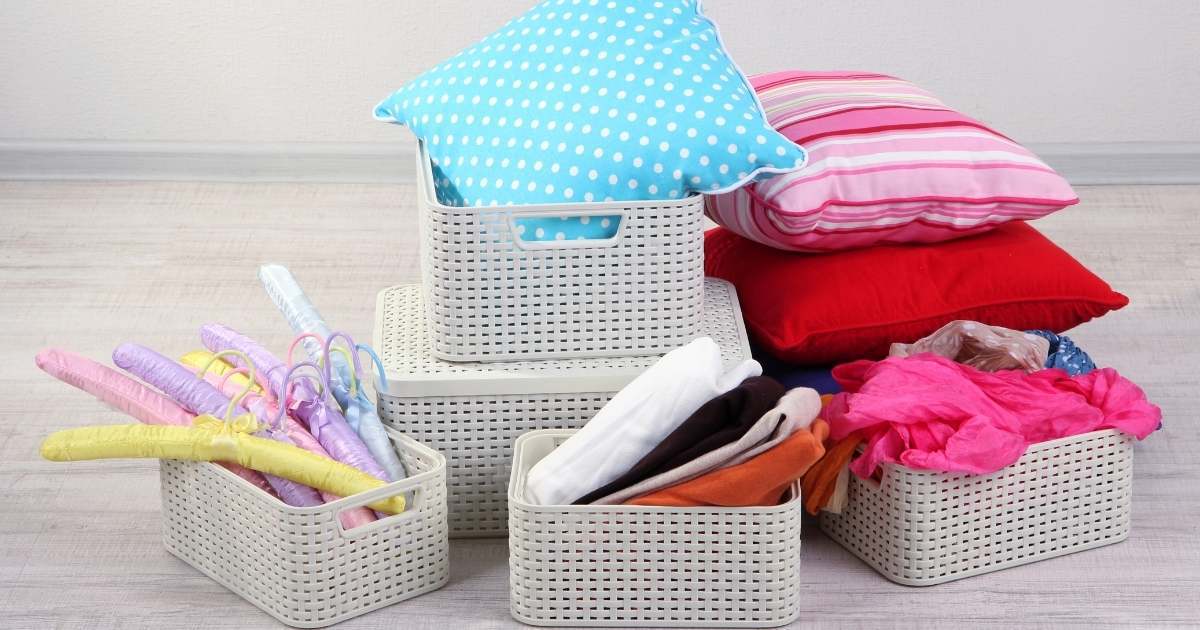

Interior Design
Decluttering Mistakes: 10 Howlers Organizers Urge Us To Avoid
Modified: January 19, 2024
Avoid these 10 interior design decluttering mistakes urged by organizers for a more organized and stylish space.
(Many of the links in this article redirect to a specific reviewed product. Your purchase of these products through affiliate links helps to generate commission for Storables.com, at no extra cost. Learn more)
Introduction
Decluttering is an essential step in creating a harmonious and organized living space. It not only helps in managing physical clutter but also promotes mental clarity and a sense of calm. However, if not done properly, decluttering can become a daunting and overwhelming task. Many people make common mistakes that can hinder their progress and make the process more challenging than it needs to be.
In this article, we will explore the top 10 decluttering mistakes that organizers advise us to avoid. By recognizing and addressing these pitfalls, you can streamline your decluttering efforts and create a more functional and aesthetically pleasing environment.
Key Takeaways:
- Decluttering is more than just tidying up; it’s a transformative process that requires a solid plan, selective sentimentality, and a proactive approach to maintaining an organized living space.
- Avoid common decluttering mistakes by embracing a minimalist mindset, seeking professional help when needed, and addressing both physical and digital clutter for a more streamlined and fulfilling lifestyle.
Mistake #1: Not Having a Plan
One of the biggest decluttering mistakes people make is diving into the process without a solid plan in place. Going into it blindly often leads to inefficiency and frustration. Before you begin decluttering, take the time to devise a plan that outlines your goals and the steps you will take to achieve them.
Start by identifying the areas or rooms you want to declutter and prioritize them based on their importance or the level of clutter. Break down each space into smaller sections or categories to make the task more manageable. For example, if you are decluttering your bedroom, you can start with your closet, then move on to your bedside table, dresser, and so on.
Having a plan also involves setting realistic expectations for yourself. Decluttering an entire house in one day is an ambitious goal that can easily lead to burnout. Instead, create a timeline and allocate specific blocks of time to decluttering each area. This way, you can work at a pace that feels comfortable for you.
Another important aspect of planning is setting up a system for sorting and organizing items. Decide on the categories you will use to group belongings, such as keep, donate, sell, or discard. This will make it easier to make decisions and avoid getting overwhelmed by individual items.
By approaching decluttering with a plan in hand, you can stay focused and organized throughout the process. It helps to keep you motivated and provides a clear roadmap to follow, ensuring that you tackle the clutter efficiently and effectively.
Mistake #2: Holding Onto Sentimental Items
One of the most common decluttering mistakes individuals make is holding onto sentimental items for far too long. Sentimental objects often hold emotional value and can be difficult to let go of. However, when sentimental items start to accumulate and clutter our living spaces, they can hinder our ability to create an organized and clutter-free environment.
It’s important to understand that we don’t need to keep every single sentimental item to preserve the memories associated with them. Instead, consider implementing a selective approach to decluttering sentimental items. Take the time to reflect on each item and ask yourself whether it truly brings you joy or holds significant meaning in your life.
You can also consider alternative ways to honor and cherish memories without physically cluttering your space. For example, creating a digital photo album or scanning sentimental documents can help preserve the memories while reducing physical clutter.
If you find it difficult to part with sentimental items, try to limit the number of items you keep. Set a specific container or designated area to store them, and once that space is full, you’ll need to make decisions about what to keep and what to let go. This helps to prevent sentimentality from becoming a justification for hoarding unnecessary items.
Remember, the goal of decluttering is to create a living space that supports your well-being and allows you to move forward without feeling weighed down by excessive possessions. By being selective with sentimental items, you can declutter your space while still honoring cherished memories in a more intentional and manageable way.
Mistake #3: Buying Unnecessary Organizing Products
When it comes to decluttering, many people fall into the trap of thinking that buying new organizing products will magically solve their clutter issues. However, this is a common mistake that often leads to wasted time, money, and added clutter.
Before rushing out to purchase a plethora of organizing bins, baskets, and dividers, take a step back and assess your actual needs. Look at the items you have and determine if you can repurpose existing containers or find alternative storage solutions using items you already own.
It’s essential to first declutter and pare down your belongings before considering any organizing products. By doing so, you gain a better understanding of what you truly need to maintain an organized space. The key is to focus on functionality and purpose rather than falling for the allure of trendy organizing products.
When you do decide to introduce new organizing products, be mindful of their purpose and durability. Purchase items that align with your specific needs and will be truly helpful in organizing your belongings. Avoid buying products impulsively or simply because they look appealing.
Additionally, try to resist the urge to over-organize. Sometimes, having too many organizing products can create its own form of clutter. Stick to the essentials and prioritize functionality over aesthetic appeal.
Remember, the goal of decluttering is to simplify and streamline your living space. It’s not about accumulating more things in the name of organization. By avoiding the mistake of buying unnecessary organizing products, you can save money, reduce unnecessary clutter, and focus on finding practical solutions to keep your space organized.
Mistake #4: Not Decluttering Regularly
One of the most significant mistakes people make when it comes to decluttering is not making it a regular and ongoing practice. Decluttering is not a one-time task; it’s a continuous process to maintain a clutter-free environment.
When we neglect to declutter regularly, possessions tend to accumulate over time, making the task more overwhelming and time-consuming in the future. Clutter can build up slowly, and before we know it, our space becomes cluttered and disorganized once again.
Make it a habit to declutter on a consistent basis. Set aside a specific time each month, week, or even day to tackle a decluttering project. This could involve going through a specific area of your home, clearing out items that are no longer needed or used.
Regular decluttering also helps prevent the accumulation of unnecessary items. It allows you to reassess and evaluate the things that enter your living space, ensuring that you only keep what is truly essential and meaningful to you.
Another benefit of decluttering regularly is that it saves you time and energy in the long run. When items are organized and easily accessible, you can find what you need quickly, eliminating the stress and frustration of searching through clutter.
Furthermore, regular decluttering promotes a sense of mindfulness and intentionality in your daily life. It encourages you to be mindful of the items you bring into your home and be more conscious of your consumption habits.
By making decluttering a regular part of your routine, you create a habit of maintaining an organized and clutter-free environment. It becomes a manageable task that helps you stay on top of clutter, reduce stress, and create a more harmonious living space.
Mistake #5: Feeling Overwhelmed and Giving Up
Decluttering can be a challenging task, especially when faced with a significant amount of clutter or a disorganized space. One common mistake individuals make is feeling overwhelmed by the enormity of the task and ultimately giving up before making any substantial progress.
It’s important to recognize that decluttering is a process that takes time and effort. Rome wasn’t built in a day, and similarly, decluttering your space won’t happen overnight. Instead of trying to tackle everything at once, break the task down into smaller, more manageable steps.
Start by focusing on one area or category at a time. This could be a specific room, a particular closet, or even a single drawer. By zoning in on one area, you can concentrate your energy and attention, making the task feel less overwhelming.
It’s also essential to set realistic expectations for yourself. Understand that decluttering is not a race; it’s a journey. Be patient with yourself and be prepared to invest time and effort into the process. Celebrate small wins along the way, as even a single organized drawer or cleared-out closet is progress towards your goal.
If you find yourself feeling overwhelmed, reach out for support. Recruit a friend or family member to help you in the decluttering process. They can provide encouragement, moral support, and an objective perspective to help you make decisions about what to keep and what to let go.
Remember, decluttering is not just about physical objects—it also has a significant impact on your mental and emotional well-being. A cluttered environment can contribute to feelings of stress and anxiety. By persevering through the feelings of overwhelm and not giving up, you are investing in creating a more peaceful and organized space that supports your overall well-being.
When decluttering, start with one area at a time to avoid feeling overwhelmed. This will help you stay focused and make progress more manageable.
Mistake #6: Not Categorizing Items
When it comes to decluttering, one mistake that many people make is not properly categorizing their belongings. This oversight can lead to disorganization, difficulty in finding items, and ultimately, a cluttered living space.
Proper categorization involves sorting items into specific groups or categories based on their similarities. It allows you to have a clear understanding of what you own and makes it easier to maintain an organized space in the long run.
When decluttering, take the time to sort through your belongings and create distinct categories. This could include categories such as clothing, books, kitchen utensils, electronics, and sentimental items. By grouping similar items together, you’ll be able to identify duplicates, identify items that are no longer needed, and better assess which items to keep.
Once you have established categories, make sure to designate specific areas or storage containers for each group. This helps in maintaining organization because you’ll know exactly where to find and put away items belonging to each category.
Categorizing items also helps in making informed decisions about what to keep and what to let go. It can be easier to assess the usefulness and sentimental value of an item when you can compare it to other items in the same category.
In addition, categorization aids in creating a sense of order and efficiency. It minimizes the time spent searching for misplaced items and promotes a clutter-free environment. When everything has its designated place, you can easily find what you need, leading to a more streamlined and stress-free living space.
Remember, categorizing items is an essential step in the decluttering process. By implementing this practice, you can maintain organization, eliminate unnecessary duplicates, and create a more efficient and visually appealing living space.
Mistake #7: Keeping Duplicates
One decluttering mistake that often goes unnoticed is holding onto duplicate items. It’s easy to accumulate duplicates over time, whether it’s multiple sets of kitchen utensils, duplicate clothing items, or duplicate electronic devices. However, keeping duplicates can lead to unnecessary clutter and an inefficient use of space.
When decluttering, it’s important to assess whether you truly need multiple versions of the same item. Ask yourself if you regularly use all the duplicates or if they serve a unique purpose. In many cases, you’ll find that keeping only one of each item is sufficient.
Consider the functionality and practicality of each duplicate item. Are they of similar quality or condition? If so, select the one that is in the best condition and let go of the others. Additionally, think about the storage space available. Keeping multiple duplicates might take up valuable storage space that you could use for more essential or meaningful items.
If you’re hesitant to get rid of duplicates because you’re worried about needing them in the future, try a trial period. Put the duplicates in a separate box or storage area and assign a specific timeframe. If you don’t use any of the items during that period, it’s a good indication that you can let them go without impacting your daily life.
By decluttering duplicates, you free up space, reduce visual clutter, and create a more streamlined living environment. It also allows you to focus on using and enjoying the items you truly need and value.
Remember, decluttering duplicates is not about getting rid of everything. It’s about keeping what serves you best and letting go of unnecessary excess. Embracing a minimalist mindset and making conscious choices about what duplicates to keep will lead to a more efficient and clutter-free space.
Mistake #8: Not Properly Disposing of Items
When decluttering, it’s important to not only focus on what items to keep but also on how to properly dispose of the items you no longer need. One common mistake individuals make is not properly disposing of items, which can contribute to clutter, waste, and environmental concerns.
Improper disposal can involve throwing away items that could be recycled or donating items that are no longer in usable condition. Before discarding any items, it’s crucial to consider their disposal options and choose the most sustainable and responsible route.
If you come across items that are still in good condition but no longer serve you, consider donating them to charitable organizations or giving them to friends or family who may have a use for them. Donating not only helps to reduce waste but also allows someone else to benefit from the items.
For items that are no longer usable or in poor condition, look for appropriate recycling centers or facilities that accept those specific materials. Many communities have recycling programs for electronics, textiles, batteries, and other household items. By properly recycling these items, you can help minimize the environmental impact.
When it comes to hazardous materials like paint, batteries, or cleaning chemicals, it’s crucial to dispose of them safely according to local regulations. These items should never be thrown in the regular trash as they can harm the environment and pose risks to human health.
By properly disposing of items, you contribute to reducing waste, supporting recycling efforts, and limiting the impact on the environment. It’s a responsible approach to decluttering that goes beyond just getting rid of things you no longer need.
Remember, decluttering is not just about creating a visually pleasing space but also about being mindful of your impact on the world around you. Take the time to research and understand the appropriate disposal methods for different items, and make the effort to dispose of them responsibly.
Mistake #9: Ignoring Digital Clutter
When we think of decluttering, it’s easy to focus solely on physical possessions and overlook the significance of digital clutter. In today’s digital age, we accumulate a vast amount of digital files, emails, documents, and images that can quickly become overwhelming if left unorganized.
One common decluttering mistake people make is ignoring digital clutter. It’s essential to recognize that digital clutter can contribute to a cluttered and disorganized mindset, hindering productivity and adding unnecessary stress.
Start by organizing your digital files into specific folders and categories. Create a consistent naming convention to make it easier to locate files when needed. Consider implementing a hierarchical folder structure to further compartmentalize your files.
Additionally, take the time to delete or archive old and unnecessary files. Duplicate files, temporary files, and outdated documents can take up valuable storage space and make it challenging to find what you need.
For your email inbox, develop an efficient system for managing emails. Create folders to categorize and archive old emails based on their relevance and importance. Regularly unsubscribe from newsletters or mailing lists that no longer serve you. Explore email management tools that can help streamline and organize your inbox.
Don’t forget to declutter your digital photos as well. Delete blurred or redundant images, and organize them into albums or folders based on events, people, or themes. This will make it easier to find and enjoy your cherished memories.
Keep in mind that digital clutter can extend beyond files and emails. Clear out unused apps or programs from your devices and organize your digital workspace by decluttering unnecessary icons or widgets.
By addressing digital clutter, you not only create a more organized and efficient digital environment but also improve your productivity and reduce the mental stress associated with a cluttered digital space.
Remember, decluttering is not limited to physical possessions. Take the time to regularly organize and declutter your digital life, and you’ll experience the benefits of a more streamlined and enjoyable digital experience.
Mistake #10: Not Seeking Professional Help When Needed
Decluttering can be a complex and challenging process, especially when dealing with significant amounts of clutter or emotional attachments to items. One common mistake individuals make is not seeking professional help when needed.
Professional organizers or decluttering specialists can provide valuable expertise, guidance, and support throughout the decluttering journey. They have the knowledge and experience to help you navigate through the process efficiently and effectively.
Professional organizers can offer a fresh perspective and objective viewpoint when making decisions about what to keep, donate, or discard. They can provide strategies and systems tailored to your specific needs and assist in creating an organized and functional living space.
Furthermore, professional help can alleviate the feeling of being overwhelmed or stuck. They can help break down the decluttering process into manageable steps and design a personalized plan that works best for you.
Additionally, seeking professional help can save you time and energy. Professional organizers are skilled in decluttering and organization techniques, allowing them to work efficiently and help you achieve your goals more quickly.
Professional organizers can also provide emotional support during the decluttering process. They understand the sentimental attachment that individuals may have towards certain items and can assist in making the difficult decisions that arise during decluttering.
If you find yourself struggling to make progress in your decluttering journey or feel overwhelmed by the task at hand, consider reaching out to a professional organizer in your area. They can offer valuable insights, practical solutions, and moral support to help you declutter and create a space that aligns with your vision and goals.
Remember, seeking professional help when needed is not a sign of failure but a wise choice in ensuring that you achieve the best possible outcome in your decluttering journey.
Conclusion
Decluttering is a transformative process that goes beyond simply tidying up your living space. It has the power to create a sense of calm, promote productivity, and improve overall well-being. However, it’s important to avoid common decluttering mistakes that can hinder progress and make the process more challenging than necessary.
We’ve explored the top 10 decluttering mistakes to avoid, ranging from not having a plan to ignoring digital clutter. By recognizing these pitfalls and making conscious efforts to address them, you can streamline your decluttering efforts and create a more organized and harmonious environment.
Remember the importance of having a solid plan in place before diving into decluttering. Set realistic expectations, break the task into manageable steps, and categorize items to keep the process organized and efficient.
Don’t forget the sentimental items—be selective and find alternative ways to honor memories without accumulating unnecessary clutter.
Avoid the temptation of buying unnecessary organizing products and focus on decluttering regularly to maintain an organized space. Embrace the challenge instead of feeling overwhelmed, and seek support when needed. Properly dispose of items, both physical and digital, to reduce waste and create a more sustainable environment.
Lastly, don’t hesitate to seek professional help from organizers or decluttering specialists who can provide expertise, guidance, and invaluable support throughout your decluttering journey.
By avoiding these decluttering mistakes and taking a proactive and mindful approach to decluttering, you can create a living space that not only looks aesthetically pleasing but also supports your overall well-being and brings a sense of calm and order to your everyday life.
So, let’s embark on the journey of decluttering, letting go of what no longer serves us, and embracing a more organized and fulfilling lifestyle.
Frequently Asked Questions about Decluttering Mistakes: 10 Howlers Organizers Urge Us To Avoid
Was this page helpful?
At Storables.com, we guarantee accurate and reliable information. Our content, validated by Expert Board Contributors, is crafted following stringent Editorial Policies. We're committed to providing you with well-researched, expert-backed insights for all your informational needs.
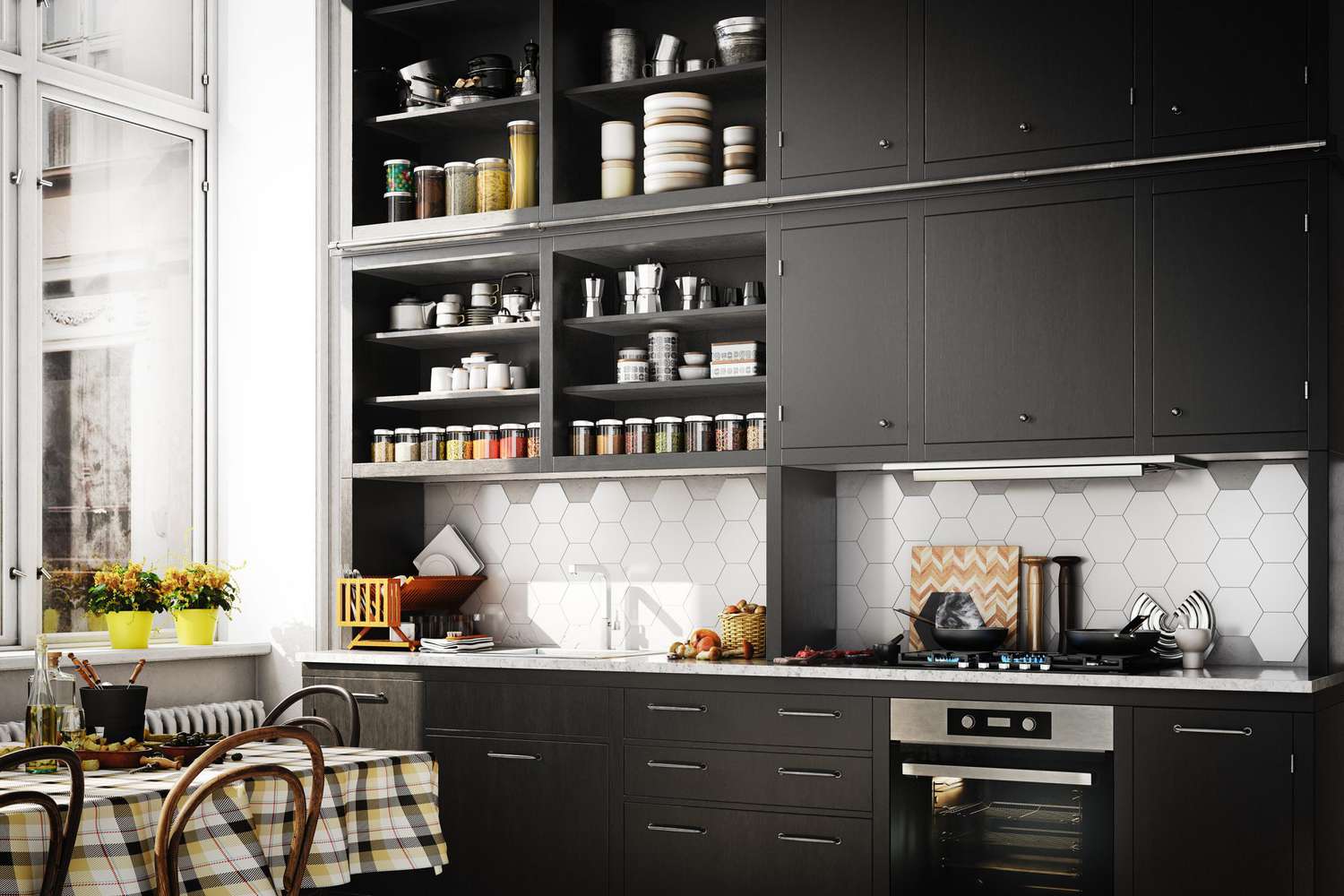
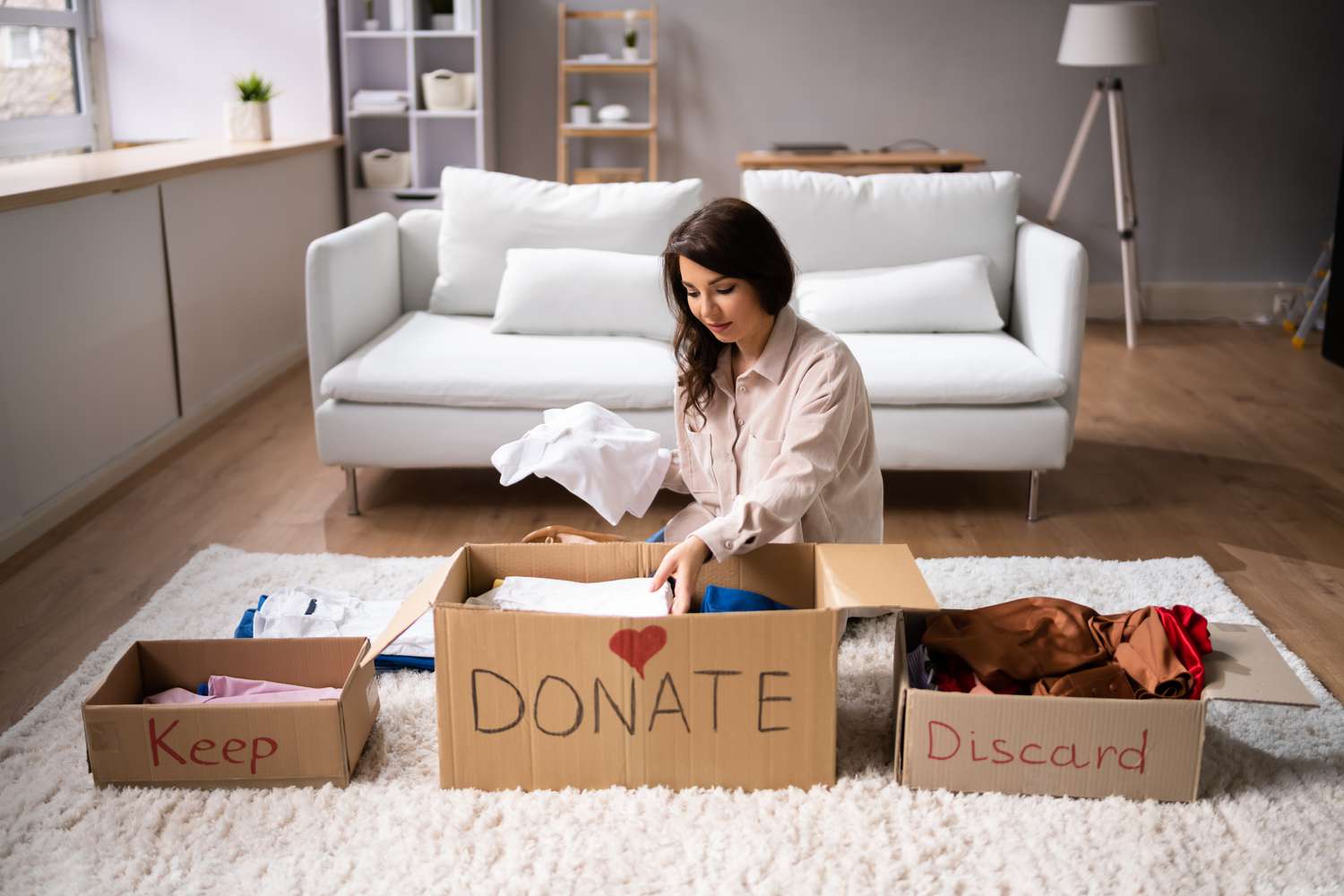

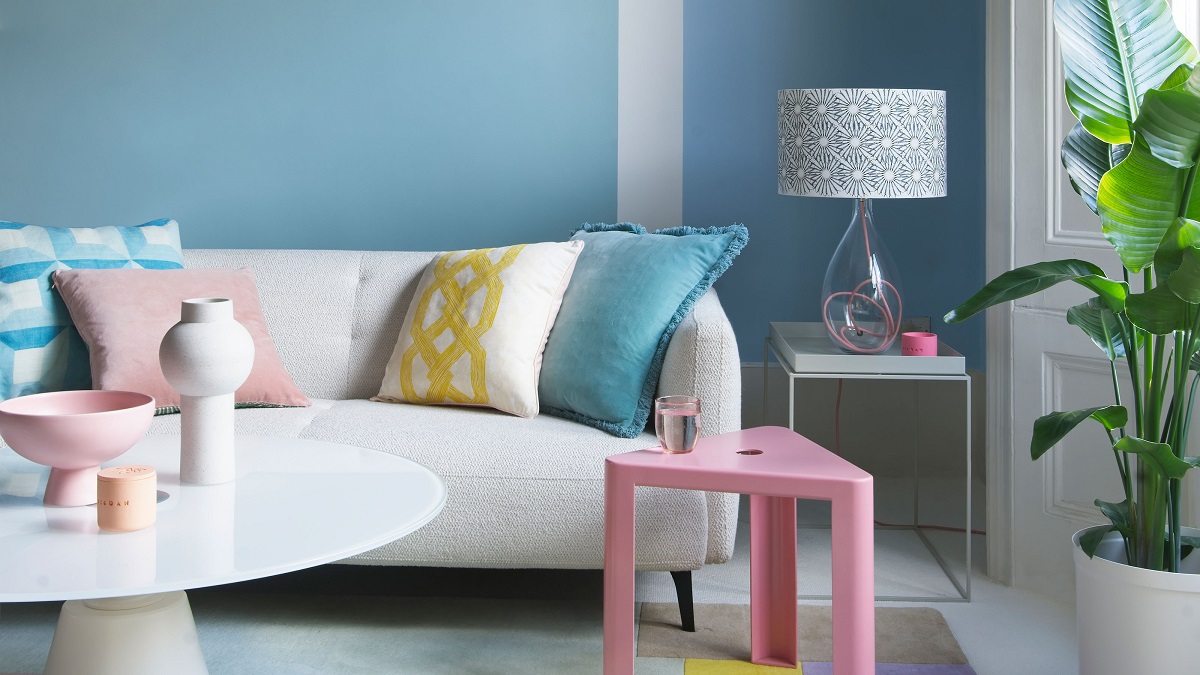
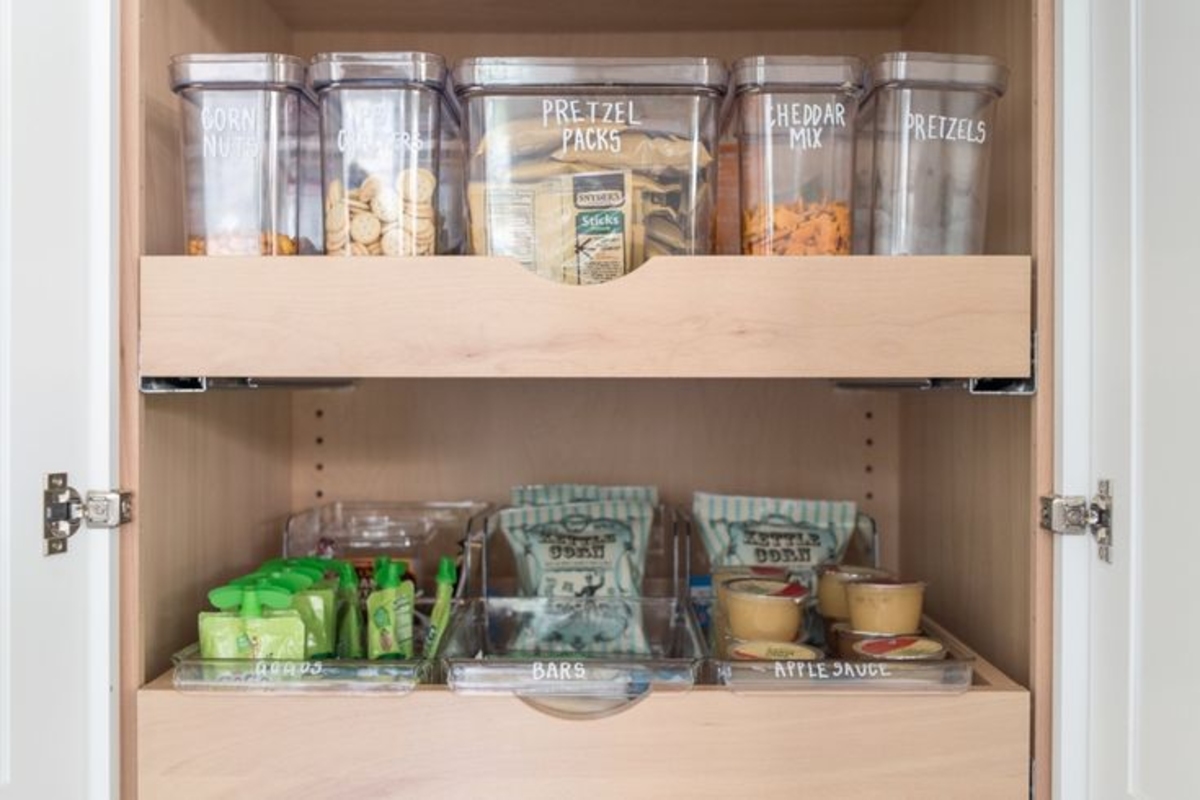

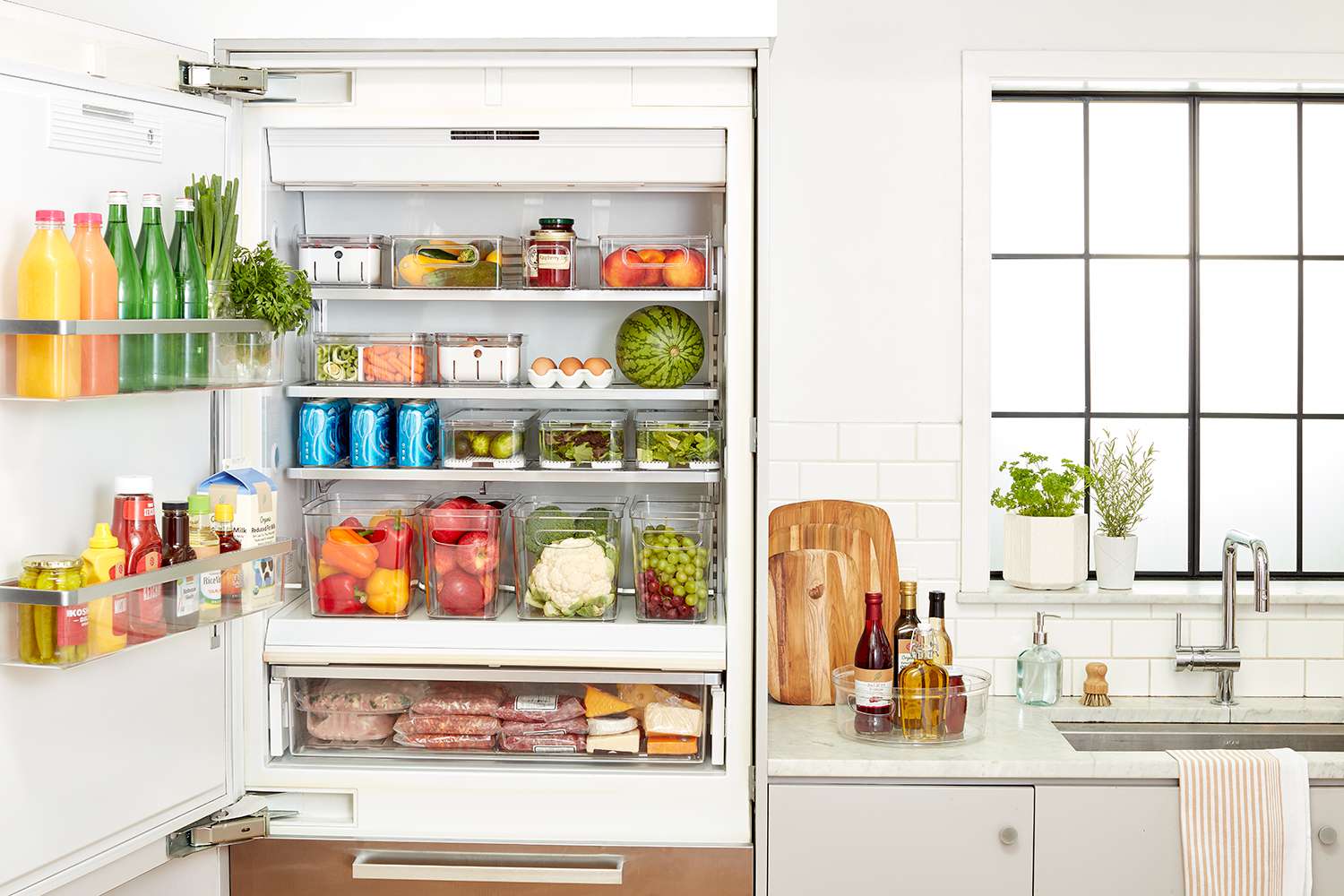
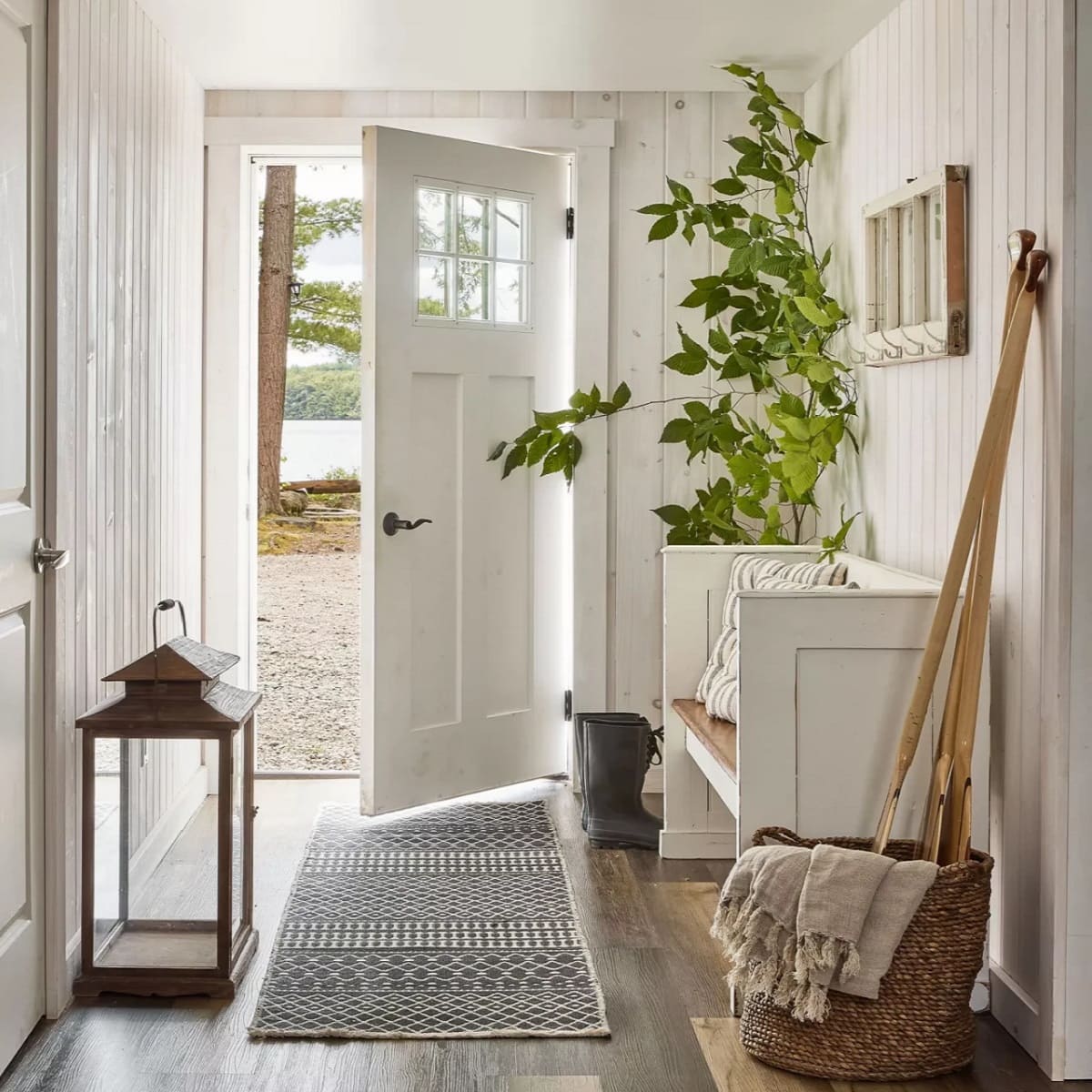
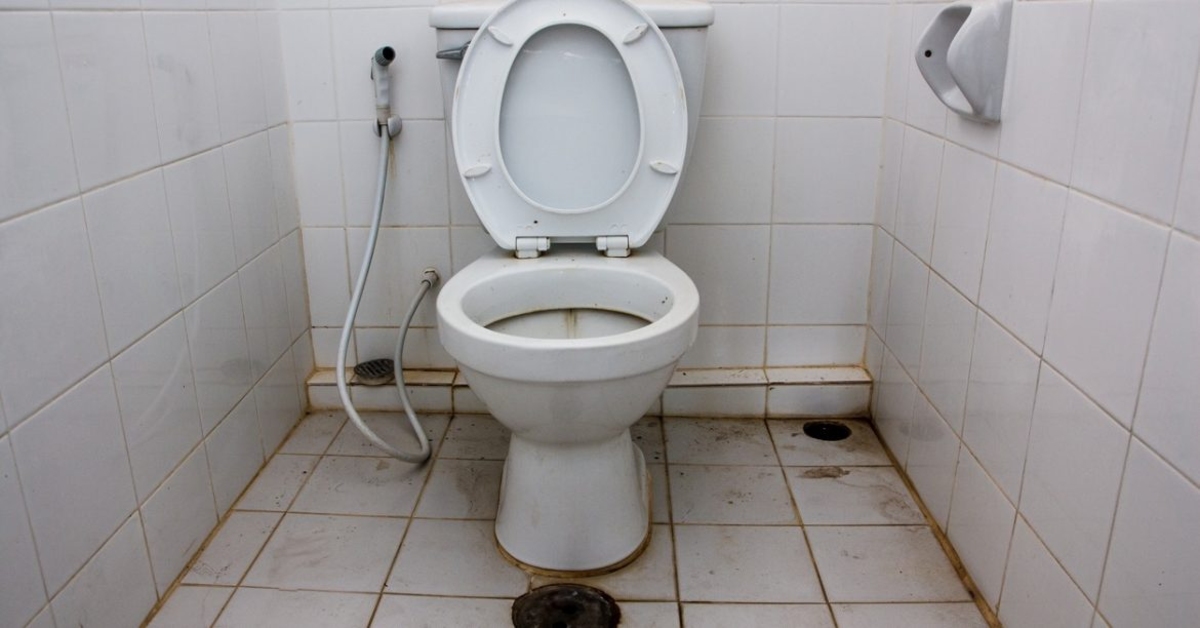
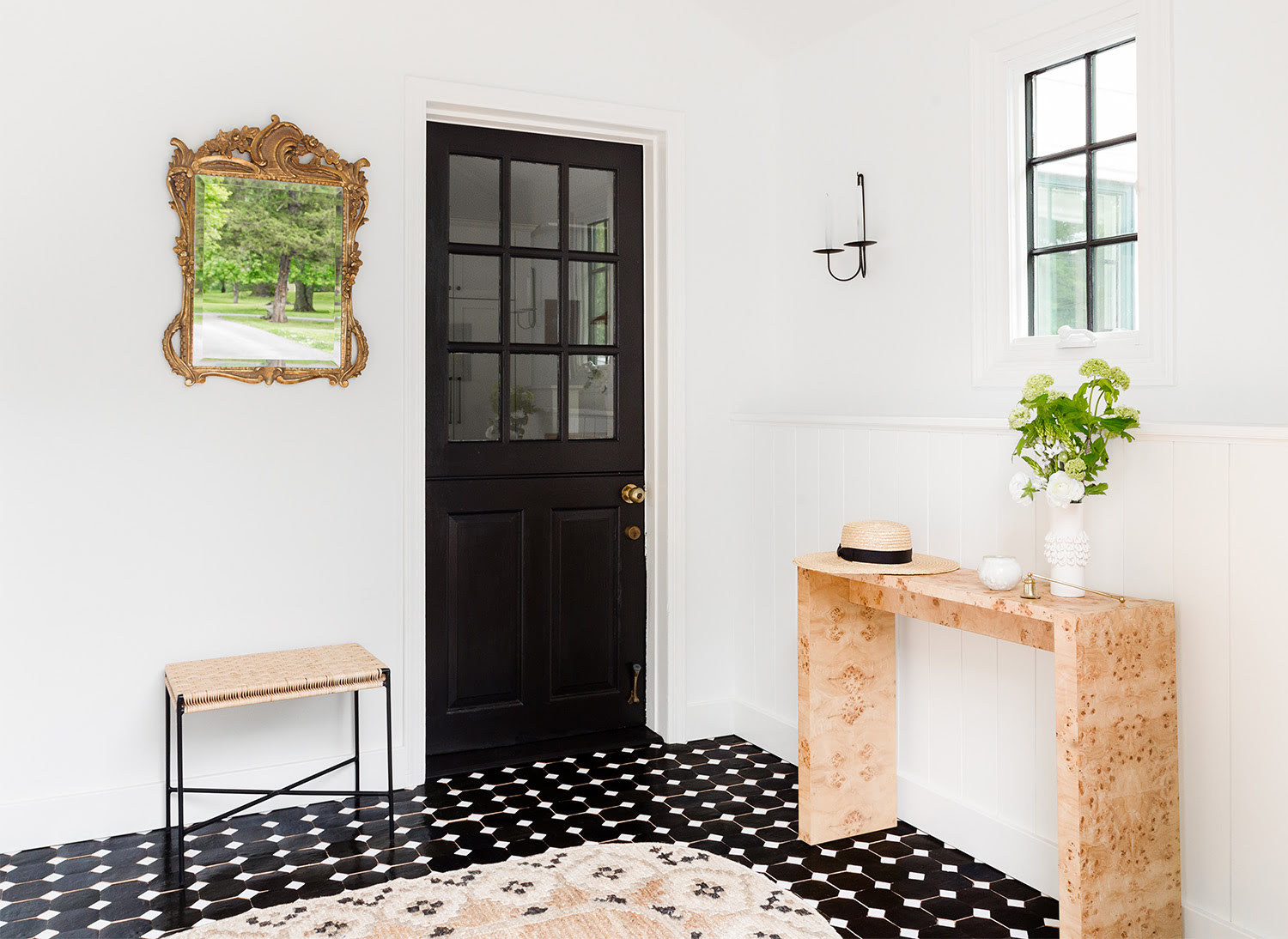
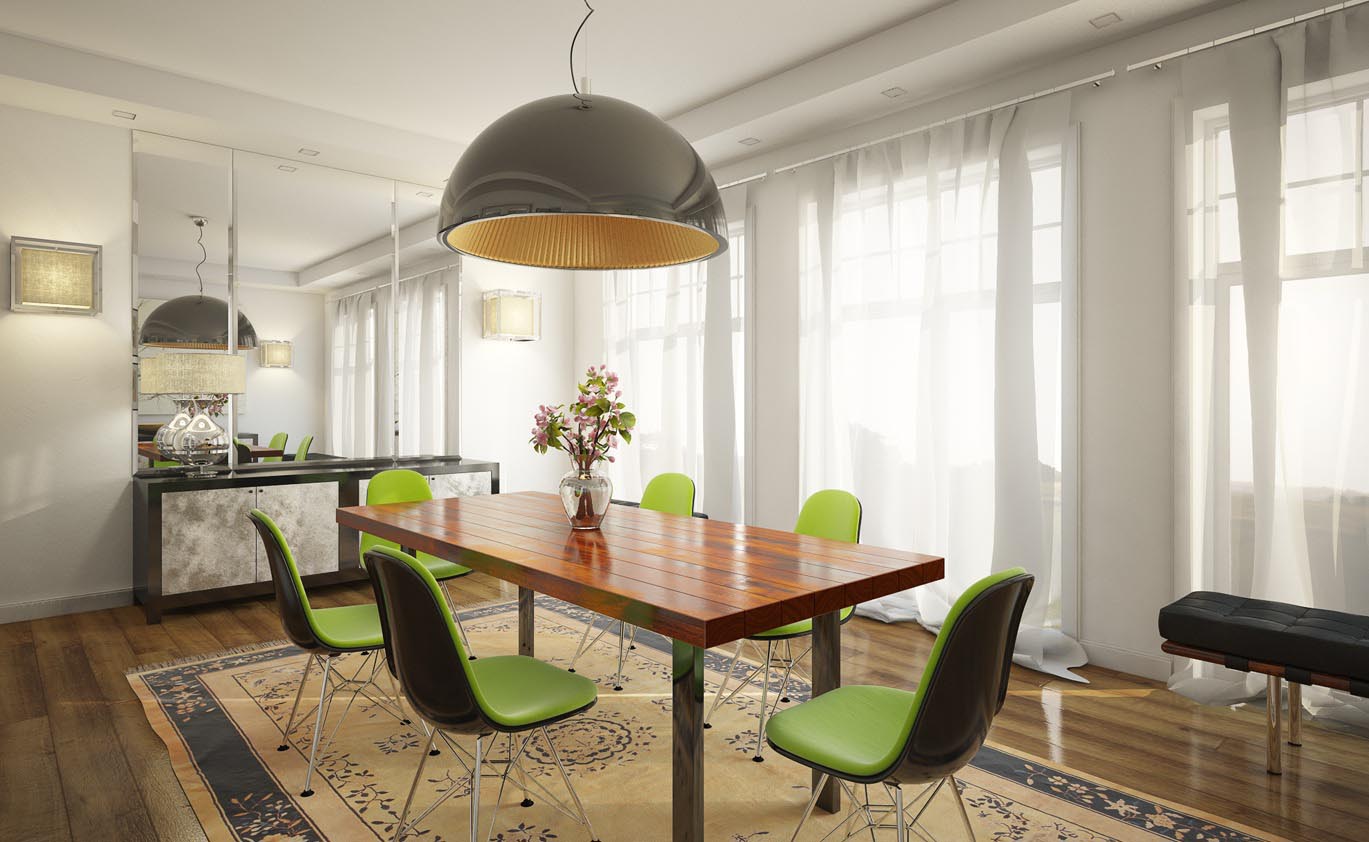

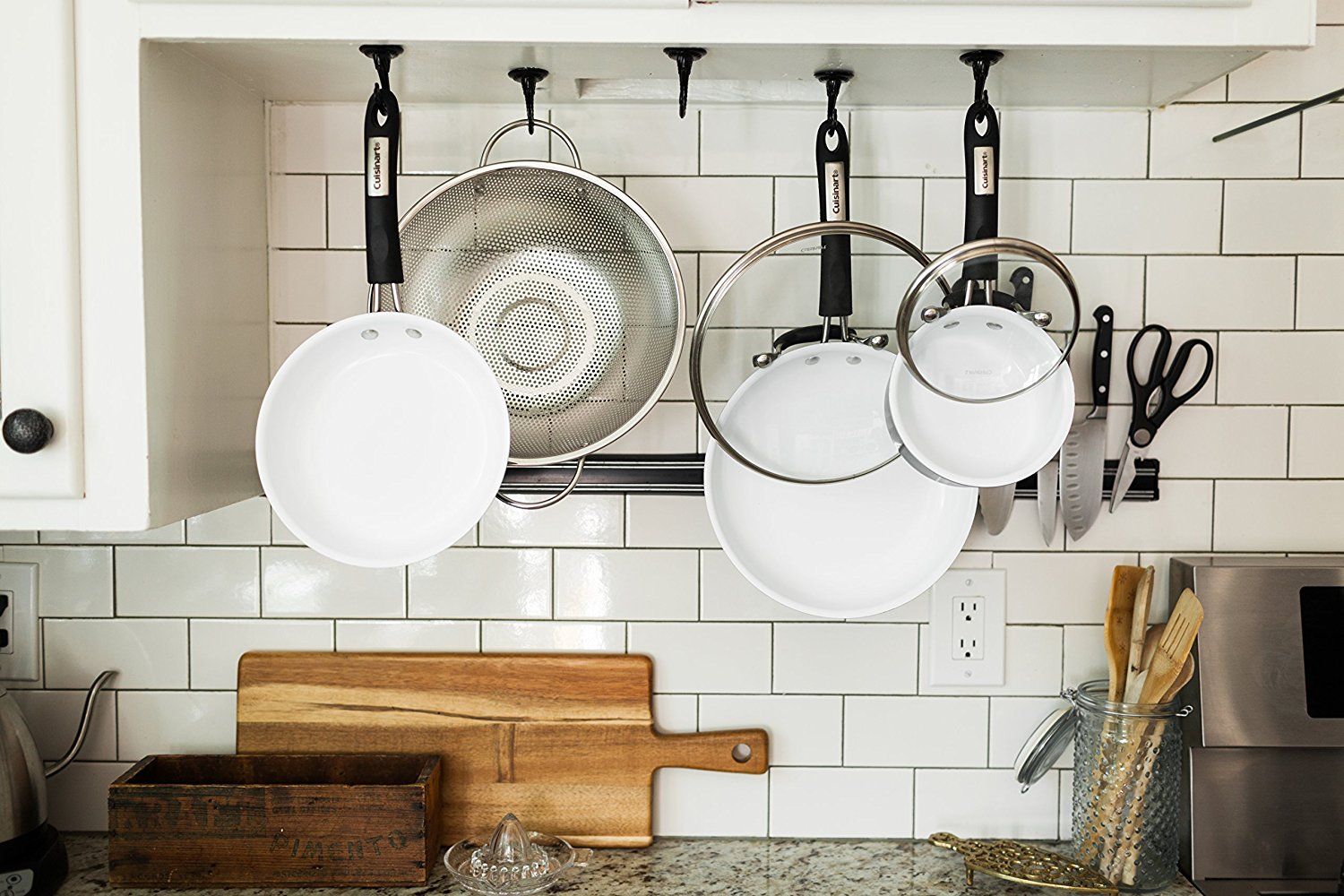

0 thoughts on “Decluttering Mistakes: 10 Howlers Organizers Urge Us To Avoid”